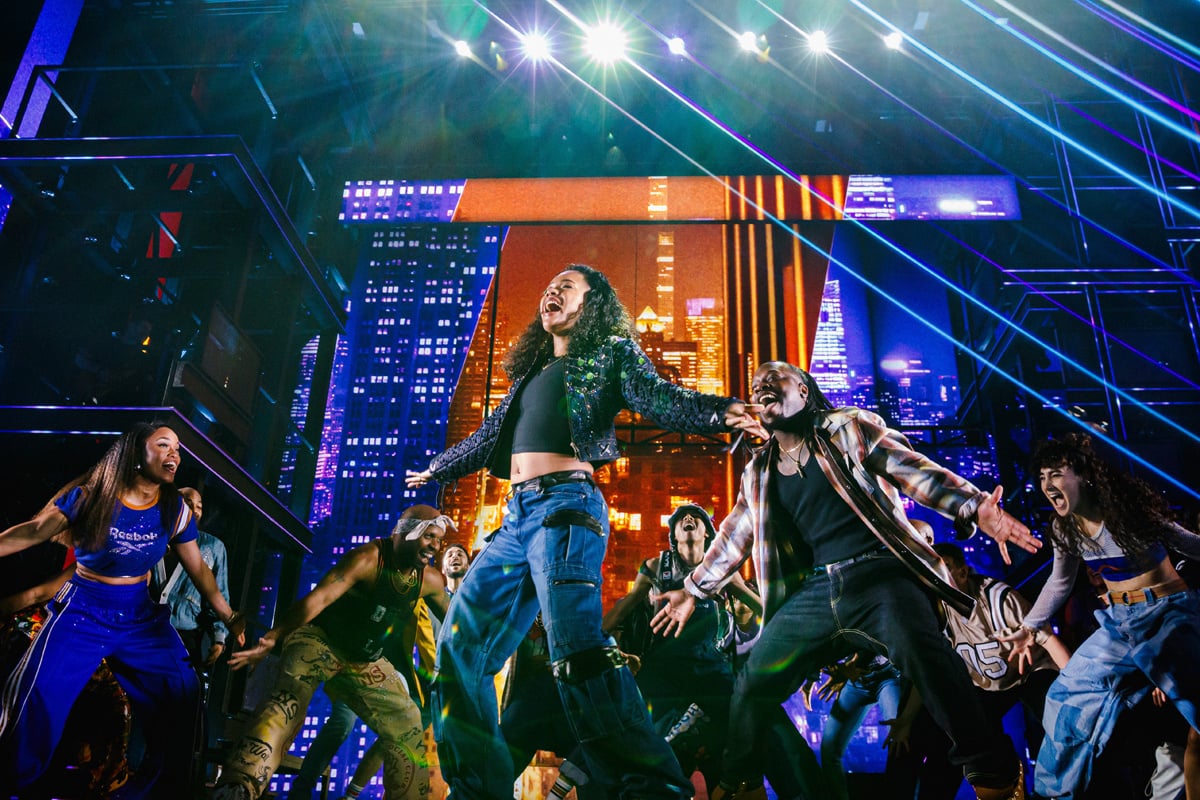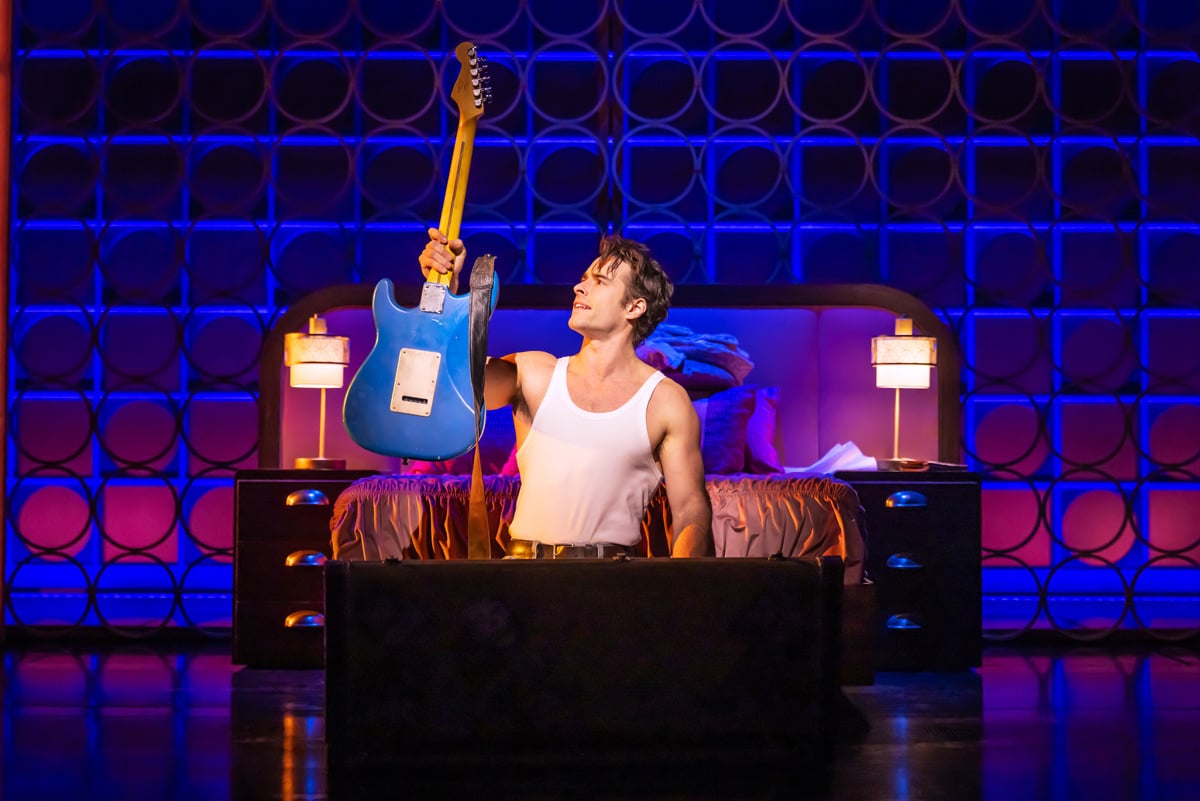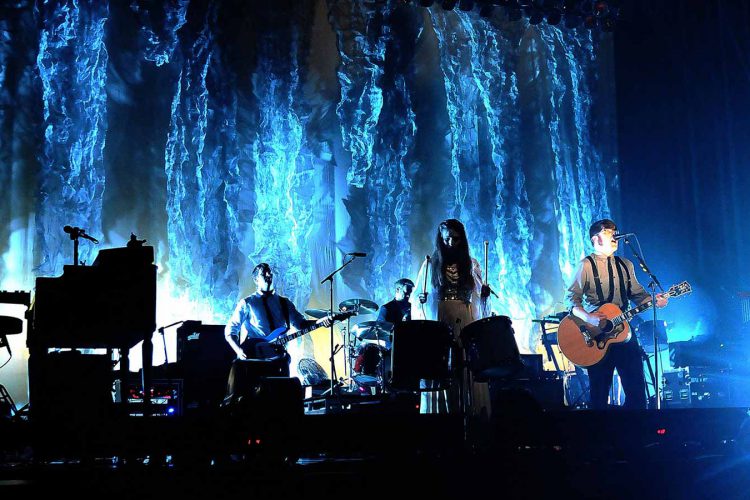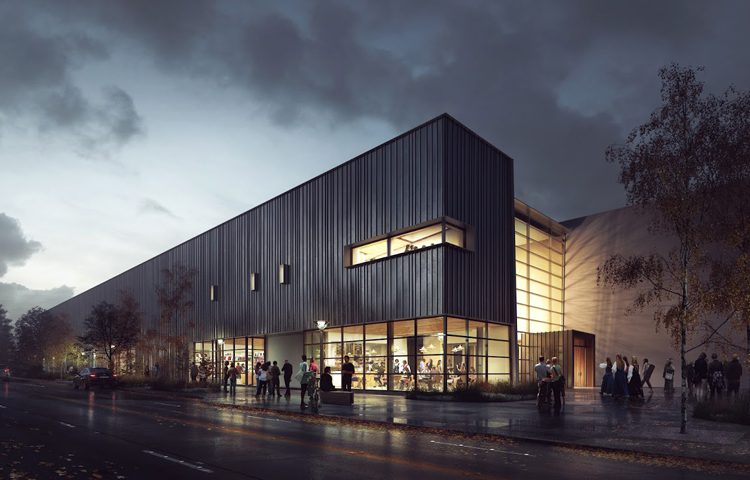Lighting designer Natasha Katz added to her impressive resume in the last Broadway season with two Tony Award-nominated lighting designs; one for the quasi-horror play Grey House and another for the musical Hell’s Kitchen based around Alicia Keys’ music.
All in total, Katz has lit more than 60 Broadway productions. Her first (Pack of Lies) came in 1985. When she asked her mentor Roger Morgan how she came to be so successful, he replied: “Because you showed up, Natasha.” Showing up early for calls, having a strong work ethic and endless curiosity positioned her for success in a highly competitive field.
She gives a lot of credit to that curiosity. “I have always kept up with the new exciting tech stuff in lighting – I was the first to use Vari*Lites on Broadway for a production of Shogun,” she states with pride. She is especially open to new equipment reviews from associates and New York stage electricians. “These guys are a new breed that blend art and technology,” she adds. “It’s all moving very fast and it’s important to keep up but always remember that art comes first before the technology.”
Some of her favorite technologies for making that art come from ETC. From fixtures to consoles, ETC features prominently in both of her recent shows.
GREY HOUSE
Set in an isolated log cabin in the woods, Katz likens the play Grey House to the horror genre in the style of Friday the 13th. Working for the first time with director Joe Mantello, whom she describes as having “incredible visual language.” The eerie quality of the play dictated a color palette that Katz describes as “mainly black and white with some very subtle tints.”
The concept was clear but bringing it into reality became an issue when Katz and her team tried to conceal the complex lighting rig in the “roof” of the set. “I worked with set designer Scott Pask and he built me a mid-stage lighting bar where I hung small moving lights – we used those a lot for upstage and back lighting – without that, the show would not have looked nearly as good.”
Asked about the proliferation of moving lights on straight plays, Alex Fogel, Katz’s long-time programmer, points to “theatre’s strange little turn” towards movers and how it has affected communication among the production team during development.
“Back in the day, during rehearsals, the stage manager would identify the need for specials, say in a doorway, and let the lighting designer know. Now they know we have moving lights and can create specials on the spot, so that communication step no longer exists,” Fogel says. This means that when designing a rig, the lighting team needs to have a lot of movers to prepare for all the eventualities they haven't heard about yet. And with Broadway’s tightly-packed overhead space that can be difficult. “In Grey House, we had to find the smallest possible moving lights to hide in soffits and crannies.”
Luckily, the communication between Fogel and Katz is strong. She is quick to acknowledge the vital role of the console programmer – a partnership she cherishes. “Alex is in my head – we’re the same person when it comes to lighting shows,” says Katz.
Fogel confirms the closeness that a designer and programmer need to have. “A programmer has to anticipate the designer’s needs – it’s part of the job – we become the paintbrush for the artist.”
In preparation for every show, Fogel sets up the ETC Eos workspace in what he calls his “Home” configuration. He has a layout of screens with cue lists on the left, tombstones, and table view on the right, with magic sheets and macros below and he rarely leaves this configuration. “With information coming fast at me during tech, I know where everything is so I could almost do it with my eyes closed,” he jokes. “It frees up mental bandwidth.” He might change the layout to accommodate pixel mapping or color transitions but otherwise, he sticks with a home look. Another thing he has found that helps with speed is the programmable mini encoders on ETC’s Apex console that allow him to keep common features like Zoom and Edge mapped in the console.
Originally a designer himself, Fogel has seen his career trajectory shift to programming. He is a longstanding member of the Eos development team and finds the creativity in building a show via programming. “I found I could get my design fix from programming because in many ways they are so similar,” he says.
HELL’S KITCHEN
Katz’s second Tony nomination in 2024 came for Hell’s Kitchen, the musical inspired by Alicia Keys’ childhood and based around her music. It came with the opportunity to collaborate with a new director, Michael Greif. “Michael had strong views on lighting and was insistent on using Mac Ultras for what he called ‘big, fat backlight,’” says Katz. Originally produced downtown at The Public Theater, the show was a success and ultimately opened on Broadway at the Shubert Theatre on April 20, 2024.
With the challenge of an exceptionally low trim height at New York’s Public Theater, Katz used a range of moving lights along with Source Four LED Series 3 fixtures with the Lustr X8 array, incandescent Source Four profiles, an Eos Apex console as the main driver, and an Ion for onstage focusing and backup.
The set, designed by Robert Brill, has been described as “simple but capturing the essence of New York City.” It consists of a series of black steel rectangles that incorporate projection surfaces. “The scenery takes up a lot of overhead space, so I wound up having eighty percent of the rig be side lights and shin busters,” says Katz. “It was highly effective.”
In addition to the new school (movers) and old school (sides and shin busters), the lighting also had to deal with the projection screens and moving set pieces. “Programming this show was very complex,” says Katz. Luckily, she was able to work with long-time collaborator and programmer Sean Beach.
Beach started working with Katz on Beauty and the Beast in 2009. Before that, he was college roommates with Alex Fogel, and both of them were on the beta team for the original Eos implementation. “We were exposed to Eos before the public was, so when we moved to New York in 2009, there were only a few of us who knew how to program the consoles,” Beach recalls. “That set me off on a career path.”
He has also developed a shorthand working vocabulary with Katz. “We just talk concepts, not numbers,” he says. Beach likes to work without looking down. “I like to type without looking at a screen – it’s like driving a car – you look forward,” he says.
In Hell’s Kitchen, Katz and Beach worked hard to give each production number a completely distinctive look, and to that end, Fogel did not use the stock effects resident in Eos. “That being said, I have borrowed a couple of effects that Alex created for a different show,” he laughs. Beach likes the additional bank of nine encoders on the Apex console, an innovation he helped initiate. Beach used the Augment3d software and its 3D visualizations built into the Eos console to light a character on a spinning turntable, a complex task made easy thanks to the Eos software.
HELL’S KITCHEN ON BROADWAY
Beach also serves as lighting director for Drake; this commitment to the famous rapper kept him from programming the Broadway version of the show. To help with the uptown move, Katz partnered with Jackson Miller. Originally from Ventura, California, Miller studied lighting at Boston University and worked for Ken Billington before becoming a full-time Broadway programmer.
Miller's biggest task was dealing with the much bigger space uptown. The trim height rose by 16 feet at the Shubert Theatre, turning the backlight into top light. Luckily, “Eos makes it pretty easy to inherit a programming style and adapt it where necessary,” he says. Part of that adaptation process was finding a different light to get the right angle. “We’d often find ourselves saying ‘that light won’t work for this; we’ll need to use one from further upstage,’” says Miller. “One of our challenges on this show was achieving that while working with scenery that consisted of a lot of moving pieces, so we’d have to get creative to find ways to get that angle to work so the people would be etched out from the background, but also without being all over the scenery.”
Despite the huge size of the lighting rig, Miller was able to contain the show on two magic sheets, one for moving lights plus one for conventionals and practicals. “It always makes me crazy when it takes me more than half a second to find something,” he laughs. To that end, he’s also a big fan of the OLED keys on the Apex. “I’m able to set up two snapshots per bank of 10 buttons, each containing two pages,” he adds.
This was his second time working with Katz, but he found the groove and enjoys how Katz “communicates in the abstract without use of numbers.” Another example of the secret language only a very few can ever understand, created by the symbiosis of lighting designer and programmer.





